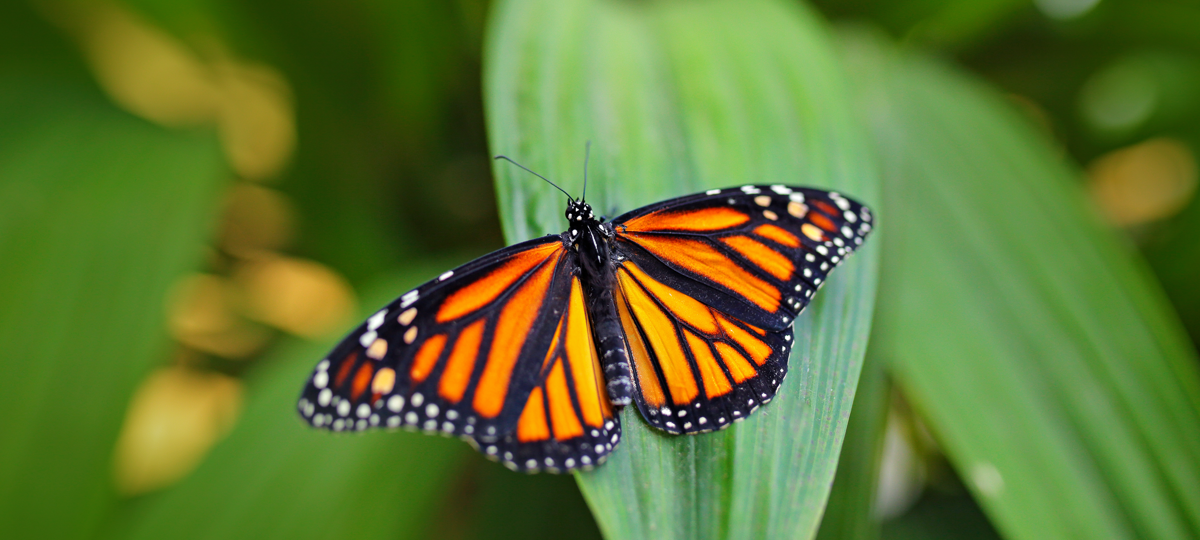TL1. Ecological Assessment and Monitoring
RESEARCH LINE 1: Developing new methods and tools for assessing and monitoring biological diversity at multiple levels in terrestrial and aquatic ecosystems
Key Research Activities (RA):
RA1.1. Developing cost-effective tools for monitoring biodiversity, based on non-invasive approaches - environmental DNA, non-invasive sampling, machine-based real-time sample collectors - capable of performing in all different environments – air, soil, water.
RA1.2. Using 2D and 3D imaging acquisition for vegetation and habitat mapping using unmanned aerial systems (drones) photogrammetry and remote sensing, including image acquisition and automatic processing using Artificial Intelligence approaches.
RA1.3. Combining engineering and technological solutions to mitigate the impact of energy and transportation infrastructures such as roads, railways, airports, wind farms, hydroelectric dams, and power lines, including visual and acoustic deterrents, bird and bat collision mitigation devices, fish ladders and elevators, wildlife passages, among others.
RA1.4. Developing of bio-logging technologies to take measurements from free-ranging animals, thereby enhancing the quality and cost-effectiveness of data acquisition on animal position, movements, physiology, and behaviour, based on the strengthening and expansion of ongoing initiatives such as MoveTech Telemetry . This will contribute both to increase basic knowledge on animal ecology and the assessment of anthropogenic impacts on species ecology and behaviour.
RA1.5. Developing new approaches to promote community-based environmental monitoring and information systems, building for instance on innovative and novel Earth observation applications embedded in portable or mobile personal devices, thereby engaging citizens in the collection and analysis of data and enhancing their scientific literacy.
RA1.6. Developing cost-effective techniques and approaches for monitoring population trends of threatened species, trends in area and conservation status of habitats listed in EU conservation directives, and trends on drivers of biodiversity loss, in order to monitor and evaluate the impact of biodiversity conservation policies at European and national levels.
RA1.7. Developing cost-effective omics-based techniques and approaches for monitoring the soil ecosystems and to develop new measuring models to quantify the role of the soil as an ecosystem services, such as waste decomposition, water filtration system, and degradation environmental contaminants.

RESEARCH LINE 2: Promote fundamental research on biological diversity in terrestrial and aquatic ecosystems, at multiple levels, and the impact of global climate change and anthropogenic disturbances.
Key Research Activities (RA):
RA2.1. Developing new approaches to mobilize, organize and disseminate biodiversity data at the level of genes, species and ecosystems, providing a critical baseline for innovation in environment, ecosystem and landscape research.
RA2.2. Developing computational methods for the modelling and simulation of ecological and socio-ecological systems, including for instance species range dynamics, population and metapopulation dynamics, animal movements, landscape dynamics, ecosystem metabolism, and socio-ecological interactions and dynamics.
RA2.3. Developing Virtual Research Environments (Virtual Laboratories & Decision-support Applications), where specific issues related with biodiversity and ecosystem preservation and sustainable use are addressed in-silico, combining big data resources from multiple research projects, governmental agencies, private corporations and non-governmental associations.
RA2.4. Characterize and understand the evolutionary processes underlying current distributions of biodiversity, resulting from both long-term natural geo-climatic cycles and rapid anthropogenic change, to guide conservation strategies and policies.
RA2.5. Use functional genomics approaches to identify the genetic basis of selected traits in locally adapted natural populations, building a basic understanding of biodiversity richness and resilience to environmental change, and promoting conservation of genetic uniqueness and local ecosystem services.
RA2.6. Understand the resilience of natural populations to diseases affecting their conservation and sustainable use, by characterizing and boosting natural resistance mechanisms.
RA2.7. Understand how anthropogenic impacts affect wildlife diseases and the spread of diseases from wildlife to humans and domestic animals.
RA2.8. Improve the current understanding on the biological diversity of the poorly known soil ecosystems, and understanding on the interactions between living and non-living matter, and its role in natural ecological cycles (carbon, nitrogen, oxygen, water and nutrients), that have been used by human societies since the beginning of agriculture.
